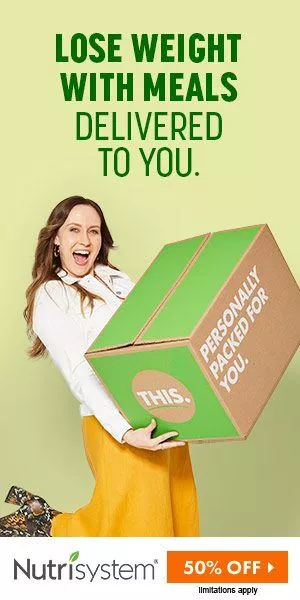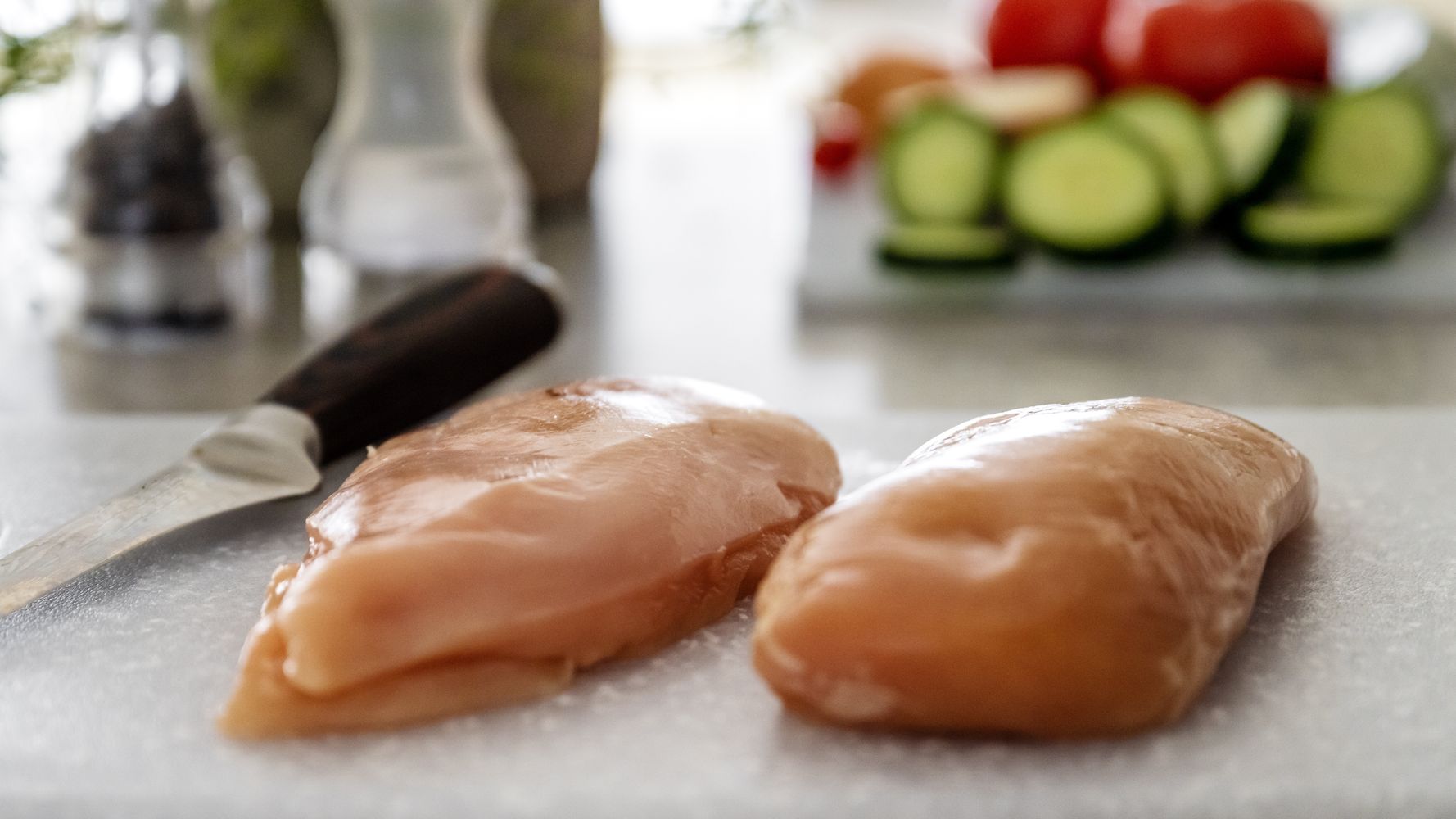Experts Reveal The Most Common Food Safety Mistakes Made By Home Cooks
Although you may connect food poisoning with eating out the same bacteria may be found in your own kitchen.
"Food safety is just as important at home as it is in a restaurant" said Keith Schneider a food safety professor at the University of Florida's Department of Food Science and Human Nutrition. "While restaurants have a bigger impact because they serve a larger group of people obviously you don't want to prepare food at home and make a family member [sick] or get sick."
"Pathogens don't care where they are; they will grow the same way in a home kitchen as they do in a professional kitchen" says Joshua Resnick lead chef at the Institute of Culinary Education and fully certified in food protection by the New York City Department of Health and Mental Hygiene. This means that everyone must ensure that adequate food safety requirements are followed at home."
Failure To Wash Your Hands
Washing your hands should be the first thing you do before getting food from the fridge to cook a meal. Germs can live on your hands and transfer to cooking surfaces and food.
According to Mitzi Baum CEO of STOP Foodborne Illness a national nonprofit advocating for safe food and food safety culture change "the first step and first line of defense to food safety is washing your hands frequently and thoroughly with soap and water when cooking; this will reduce the incidence of cross-contamination to utensils towels countertops and foods."
Washing your hands is a simple and effective way to decrease germs. However you may need to wash your hands numerous times while cooking especially if you're handling raw meat or checking a recipe on your phone. "Phones and tablets can be breeding grounds for bacteria" warned Resnick. "It is critical to wash your hands before beginning to cook and throughout the cooking process."
Cutting Board Mishandling
On a chopping board slicing raw chicken or fish? Before using the same cutting board to chop veggies make sure you thoroughly clean it with hot water and soap. Otherwise you're creating a breeding ground for cross-contamination. "A classic example is using a cutting board to prepare meat such as ground beef and then using that same cutting board to prepare salad or [using] the knife for cutting meat or preparing poultry" Schneider explained. He uses color-coded cutting boards to prevent cross-contamination and has separate ones for meat poultry and fish.
Washing utensils and items that have come into contact with raw meat can help to minimize the spread of infections. "You must be mindful of what you are doing and how you are handling foods in the kitchen" Baum added.
The Use Of The Same Plate Or Utensils For Raw And Cooked Meat
You put a piece of steak on a plate throw it on the grill and then without thinking you put the cooked steak on the same dish. Hello there cross-contamination.
This may appear to be a no-brainer but it's more prevalent than you think. "When you take burgers out to the grill make sure you bring them back in on a different plate" Schneider said.
You should also think about any utensils that come into contact with raw meat. "I wash my tongs between putting my chicken on and taking them off again" he explained.
Cleaning Raw Chicken
There are two groups of people: those who wash their poultry and those who do not. If you're a fan of the phrase "always wash your chicken" you're in for a surprise: it's not a smart idea. Meat does not need to be washed because it is sold ready to cook. "Washing the bird doesn't really change it much other than removing those surface blemishes" Schneider explained.
What's the problem with cleaning chicken or turkey? It's an excellent way to transmit bacteria and diseases in your sink and elsewhere. When you wash the chicken Schneider says "it increases the chance of splatter; you have what was salmonella on the bird — is now in your sink on your faucet on your countertop." He believes that individuals should sanitize their kitchens more regularly particularly after handling raw meat.
Do you want to know the best approach to sterilize your kitchen? "You can use any disinfectant-labeled household cleaner" he says. Schneider does not advocate a particular brand or type because it is dependent on the surface being cleaned. "Honestly soap and water will get rid of a lot of microbes" he continued.
Don't even consider letting your frozen ground beef thaw on the counter.
Meat Thawing On The Counter
There are various ways to defrost frozen meat but one of them is not letting it thaw on the kitchen counter. "It's important to thaw raw meats fish and poultry correctly because there are bacteria in and on the foods" Resnick added. "If these foods are kept at a warm temperature (41 to 135 degrees Fahrenheit) for an extended period of time the harmful bacteria will multiply rapidly."
You may believe that a partially thawed piece of beef is still safe. "Even if the middle isn't thawed the meat on the outside is exposed to this temperature for an extended period of time and can make your food unsafe to eat" Resnick explained.
According to Baum there are numerous ways to defrost meat: "thaw in the refrigerator thaw under cold running water thaw as part of the cooking process or thaw in the microwave ONLY if it is cooked directly after thawing." (These recommendations are in line with the Food and Drug Administration's recommendations.) Also if you're thinking "I'll just place the frozen meat in a bowl of water" that's not a good idea. According to Resnick thawing meat in water is identical to thawing it on the counter.
Using No Meat Thermometer
How can you know when your chicken is fully cooked? If you only look at it you won't be able to know if it's safe to eat. "Touching foods or looking at their color will not provide accurate cooking information and may result in undercooking" Baum explained.
A meat thermometer is a more reliable way to guarantee your meat is properly cooked and you are not at risk of becoming ill. "Using a meat thermometer to get an accurate internal temperature reduces your risk of eating undercooked meats fish and poultry" Baum explained. You may only need a meat thermometer a couple of times a year to see if the turkey is done but culinary experts advocate using this handy gadget all year.
"Time and temperature is one of those great equalizers — if you follow the instructions most of the pathogens we're worried about will be easily inactivated." "Having a meat thermometer and making sure we reach that killed temperature is critical" Schneider added.
Each type of meat requires a different temperature in order to lower the amounts of hazardous bacteria. Check the U.S. Department of Agriculture recommendations for acceptable cooking temperatures.
Microwave Cooking Of Raw Food
Prefer to cook in the microwave rather than on the stovetop? "Cooking foods in the microwave can be dangerous" says Baum "because foods do not cook evenly in the microwave."
One of the most serious difficulties is that foods are easily undercooked. "Microwave oven wattage varies which can influence correct cooking times and result in undercooking" Baum noted. "This is an issue because foods must be cooked to the proper internal temperature to ensure that harmful bacteria are killed during the cooking process."
Learning how your microwave cooks meals can help you avoid eating undercooked food. "Read and follow the instructions for microwave cooking and know the wattage of your microwave to ensure the product is cooked to the appropriate temperature" she advised.
Cooling Warm Food In The Refrigerator
Do you put warm leftovers in the fridge before they've cooled completely? You may be unintentionally endangering yourself and others.
Resnick highlighted why this is such a serious food safety concern. "Most people put warm leftovers in a plastic Tupperware and put it in the fridge" he explained. "However if food is left in the danger zone temperature range (41 to 135 degrees Fahrenheit) for an extended period of time bacteria growth can reach dangerous levels."
If you're in a hurry to clean up the kitchen and put away leftovers be sure the meal has cooled. If you don't have time to let it cool naturally you can hasten the process while maintaining food safety. (Just don't leave it out at room temperature for longer than two hours!) "Food should be cooled in metal containers over ice or cut into smaller pieces to allow it to cool quickly" Resnick advised.


